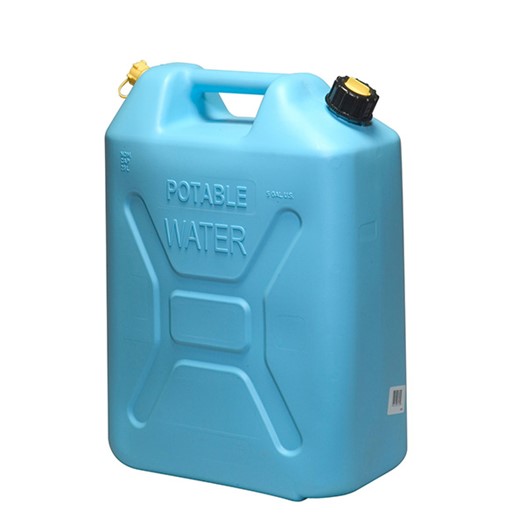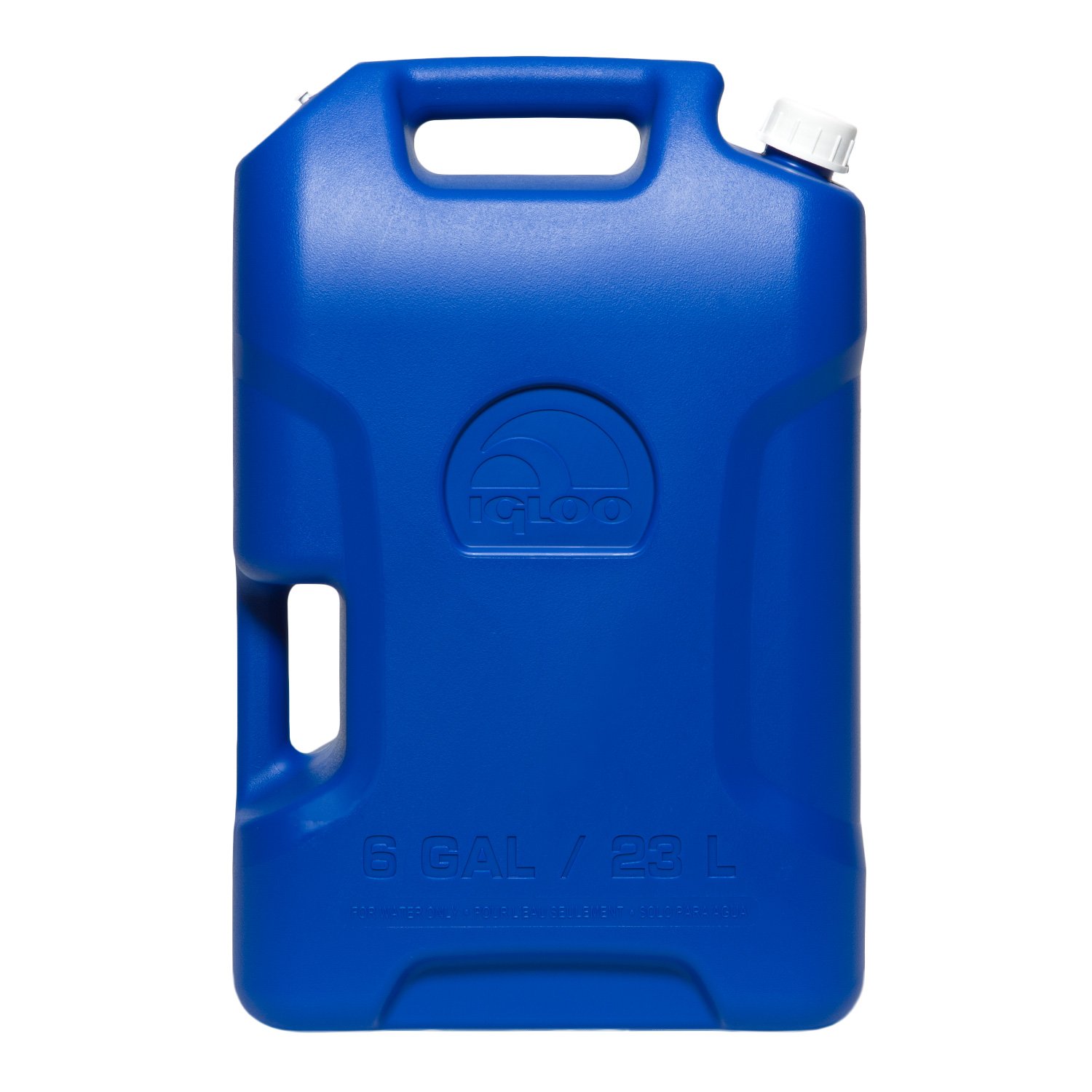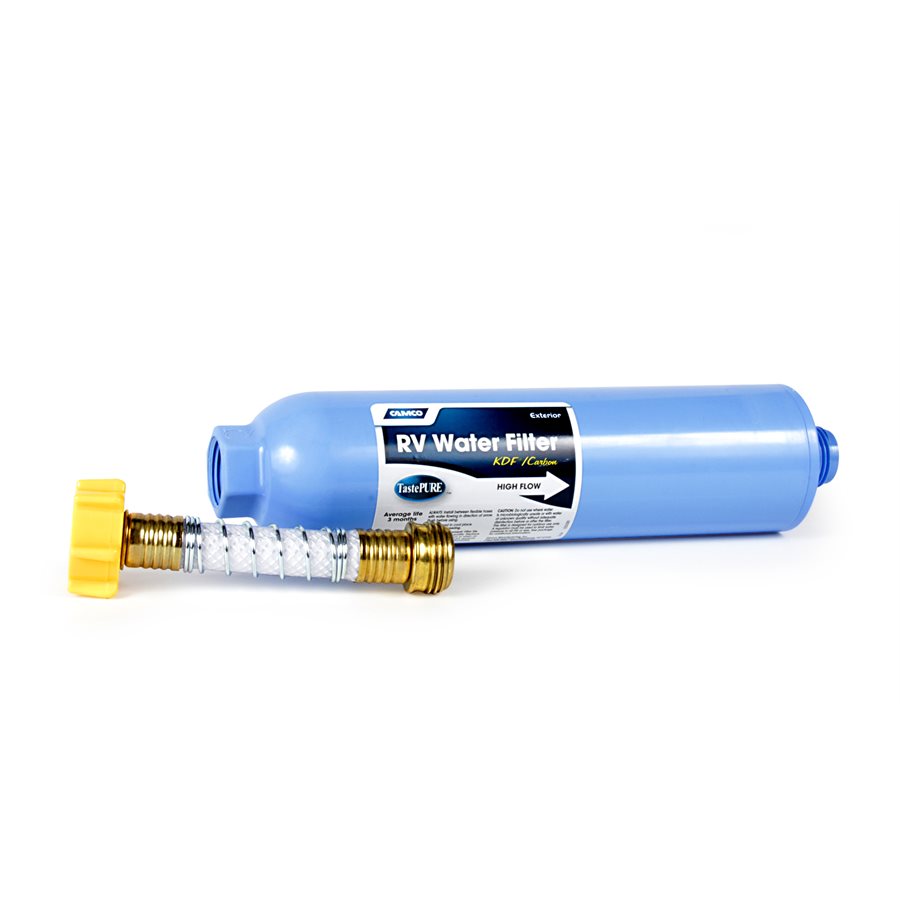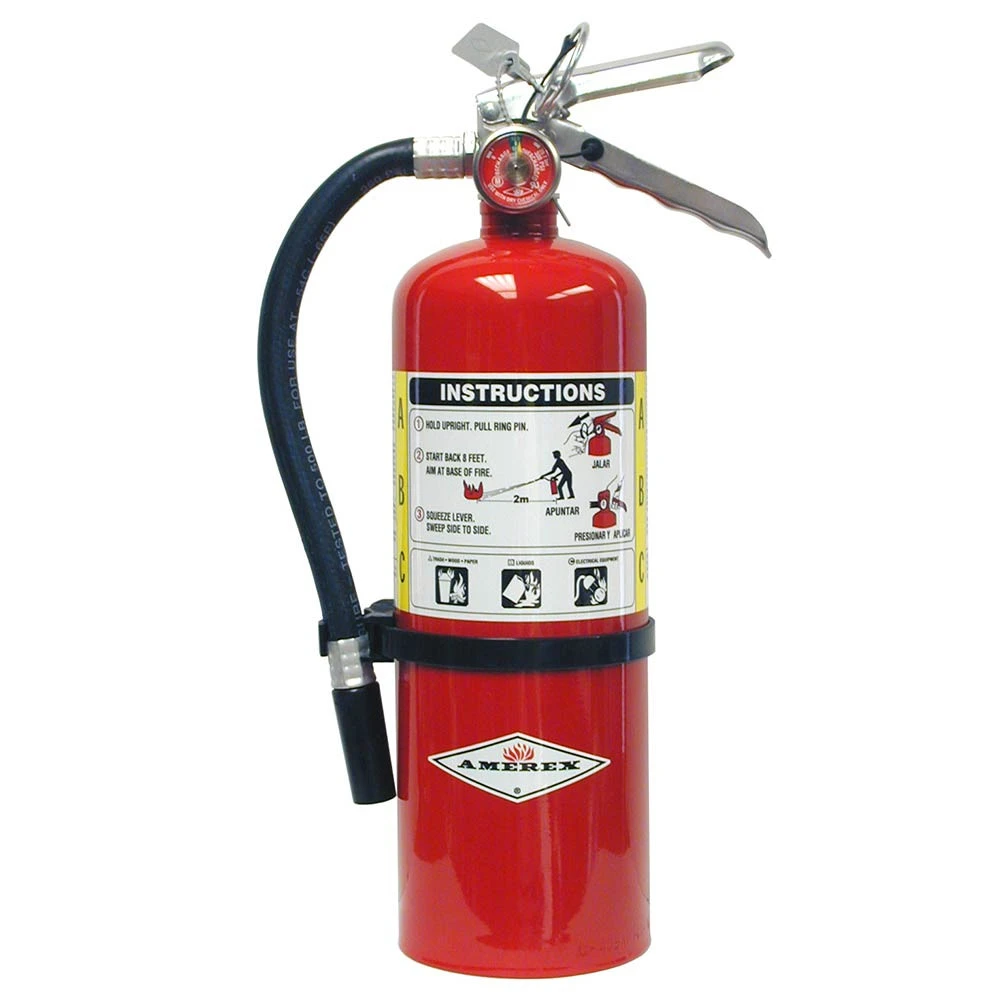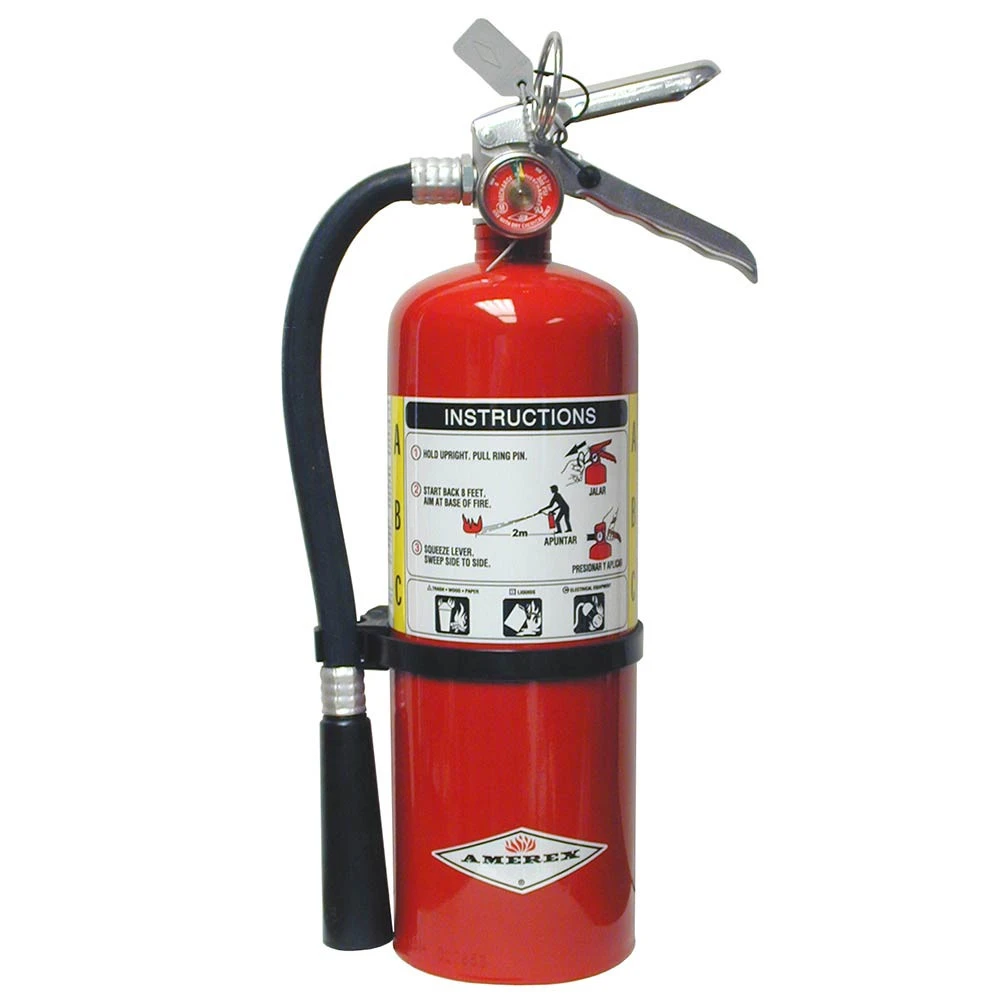Water Boyworking up a playbook for supplying urban campers
This post is part of a series, Water Boy.
Sometime back, I realized that most of my pro bono clients—the charities and other groups I advise for free—had mostly flown the coop and left Oakland, where I live. This made perfect sense for many of them, to maximize how far their donations could go, and for personal reasons. But I missed having pro bono clients that kept me moving around my city and meeting new people. So I decided to get involved in a cause more tightly bound to this place and time. The obvious choice was homeless relief.
My usual play when stepping into a new area like this is twofold. Step One: Find someone who is already doing great work in the field, and get behind them. These folks very often need legal counsel or technology help. Step Two: Find a meager project that gets me directly involved in the work that I can do individually and try to build out to a broader team effort. Don’t tackle the issue as a whole. Talk to people about the small problems that add up to the overall picture, pick one, and focus on it. Use that experience to meet as many people as possible and immerse in the field.
My initial personal project for homeless relief was mail delivery. Many homeless folks don’t have addresses USPS will deliver to, can’t practically rely on general delivery at the local post office, and desperately need reliable delivery for key items, especially identity cards, correspondence from the state, and banking or other financial letters. Unfortunately, the nature of mail service is very one-on-one. You need to hand people their mail, in person. Which is a great way to promote yourself to COVID-19 homeless superspreader numero uno.
More recently, I’ve shifted focus to essential supplies. Specifically drinking water. I want to make sure that my friends camping here in Oakland have water to drink. Especially those camping in remote corners of the city a good distance from corner stores and groceries. Especially during the summer.
That is an awful lot of campers, since the process of complaint-and-displace has pushed them out into industrial corridors and food deserts. People in high-traffic and residential areas tend to call the city with complaints about camps there. In order to stem the complaints, the city displaces the camp. So they end up pitching tent somewhere more remote. The process repeats until they find themselves in no man’s land.
In any event, dropping off liters and liters of water is harder work than carrying mail. But it’s also easier to do while keeping distance and time at camp to a minimum. Several people at a camp can benefit from one delivery of water. Cans can be left outside of tents or lean-tos.
My main goal is getting the water where it needs to go. But I’m also trying to work up a playbook that others can follow to get the work done, with me or without me. None of this is set in stone, but for those interested now, and in the interest of getting as much of this out before the wave of evictions and displacements we’re all expecting, I’ve posted the playbook I have so far, which I’ll update as I go. In brief:
The crux is camping-style water cans, the kind you’d use to haul water for a large family camping trip in a remote area:
They need to be rugged. They need to have handles. They need to have spouts. They need to be food-safe and look like cans for water, as opposed to fuel or other liquids. They need to carry as close to the expected weight limit for carry by one potentially older person, around 20 liters, or between 5 and 6 US gallons.
I’ve used the Canadian-made Scepter cans for my own storage and camping for years. I like them. However, they seem to have jumped in price, from about $20 to about $40, with reduced online buying options for US delivery. I have four of the Igloo alternatives on order. At $15 each, the price is right.
I’ve taken to marking my cans with a phone number that forwards texts and calls to my own phone for now. Thick Sharpie marker with a strip of heavy-duty packing tape to laminate. I used Twilio to rent and set up the number. Hopefully, folks will be willing to reach out when they need a refill, to exchange their empty can for a full one, or when they find a can that’s wandered away from home.
Filling 20-liter containers from home water filters takes quite a bit of time. To speed the process, I’m investigating inline water filters typically sold for recreational vehicle campers:
These filters are easy to use, designed to resist bacteria while stored idle, and come threaded to hook up to standard garden hoses. They work for sediment as well as chemicals.
As for transportation, I live in a dense city and long ago sold my car. But I’ve found AAA’s on-demand rental service, GIG, does the job at a reasonable price. You can lock the car without giving it up to others, which means it’s plenty possible to stop at a grocery or other store mid-ride. Their fleet appears to be mostly Toyota Prius cars, which aren’t huge, but offer hatchback trunks, which work great for hauling heavy water cans.
My costs in Oakland this week were roughly $15.00 per hour and $0.45 per minute. So I paid about $17 for a bit more than an hour to make a run from my apartment in North Oakland to a camp in Deep East Oakland yesterday.
In general, I don’t recommend rolling up to camps full of people you don’t know, or even camps with people you do know, unexpected. My approach so far has been to get to know specific folks, distribute to them, provide more than they need, and encourage them to be generous with others.
Naturally, once you can distribute water, you can distribute other things. My personal focus so far has been fire extinguishers.
You want five-pound, ABC-rated fire extinguishers. The Amerex B500 is made of steel. The Amerex B402 is made of aluminum, and I believe comes with a newer-generation, higher-rated powder. These run a little over $50 online and a little over $60 from my local fire supply company. Mexico-made options, like Badger brand, may be cheaper.
I do not recommend the Kidde brand extinguishers found in many big box stores, or the Kidde-made extinguishers now branded as Badgers, since Kidde bought Badger. Kidde cuts corners to lower cost. Fire pros tell me the majority of extinguishers they have made have eventually been recalled.
Thinking more about relatively big-ticket durable goods, I suspect my next expansion will be to rat traps. Our local “vector control” group does take calls about vermin at camps. But so far, word is they haven’t been terribly responsive or effective at actually addressing the issue. Disposable or consumable options—spring traps, poison blocks—tend to go fast and cost too much over time. Cage traps seem to be the way to go, but the best are cost prohibitive, and probably therefore likely to “walk away”.
If you have feedback on any of this, or would like to try to run a similar play in your community, drop me a line.
Your thoughts and feedback are always welcome by e-mail.

